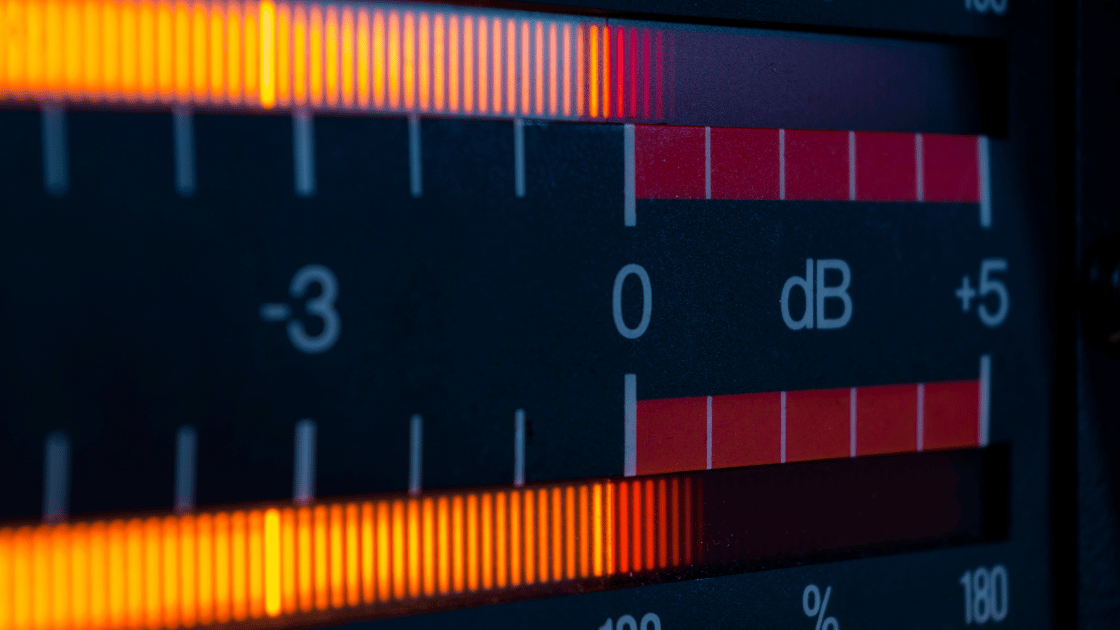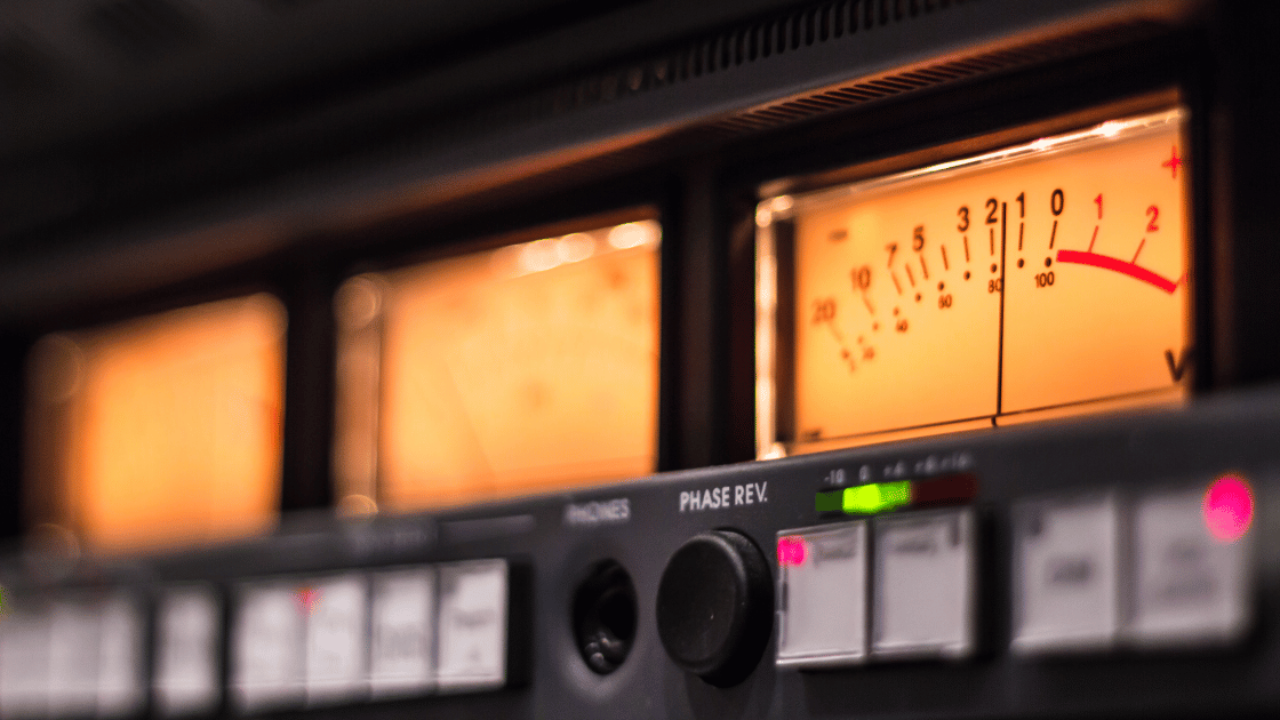Mastering is the final step in audio production, where a track is polished to sound its best on all playback systems. One crucial aspect of mastering is managing the loudness of a track. Understanding loudness is essential for creating professional-sounding music that competes well with other tracks in various listening environments. In this blog, we’ll delve into the role of loudness in mastering, focusing on LUFS (Loudness Units Full Scale) and RMS (Root Mean Square), and how these measurements are used to achieve optimal loudness in your mixes.
What is Loudness?
Loudness refers to how we perceive the intensity of sound. It’s not just about the peak levels but also how consistently loud a track feels over time. Loudness perception is influenced by several factors, including frequency, dynamics, and human hearing sensitivity.
LUFS vs. RMS: Understanding the Metrics

LUFS (Loudness Units Full Scale)
- Definition: LUFS is a standard measurement for perceived loudness, taking into account human hearing sensitivity across different frequencies.
- Usage: LUFS is particularly useful for ensuring consistency in loudness across different tracks and platforms. It’s commonly used in streaming services and broadcasting to maintain a uniform listening experience.
- Advantages: LUFS provides a more accurate representation of perceived loudness compared to peak levels. It’s crucial for meeting loudness standards set by streaming platforms (e.g., Spotify, Apple Music).
RMS (Root Mean Square)
- Definition: RMS measures the average power of the audio signal over a period. It reflects the continuous energy in the track.
- Usage: RMS is often used to gauge the overall loudness and energy of a track. It’s particularly useful in genres where consistent loudness is important, such as dance or electronic music.
- Advantages: RMS helps in achieving a balanced mix where no part of the track is disproportionately louder or softer. It’s also useful for comparing the loudness of different sections within a track.
Practical Application in Mastering

Setting Loudness Targets
- Streaming Services: Each streaming service has its loudness normalization standard. For example, Spotify targets -14 LUFS, while Apple Music aims for around -16 LUFS.
- Broadcasting: For TV and radio, the loudness target is typically around -23 LUFS.
Using LUFS and RMS in Mastering
- Analyze Your Mix: Use a loudness meter plugin to measure the LUFS and RMS of your track. Plugins like iZotope Insight, Waves WLM Plus, or the built-in metering in many DAWs are excellent for this purpose.
- Adjust Dynamics: Use compression and limiting to control the dynamics and increase the loudness without causing distortion or sacrificing dynamic range.
- Match Levels: Ensure your track meets the loudness targets for its intended platform. Adjust the gain and apply any necessary EQ or multiband compression to balance the frequencies.
- Compare and Contrast: A/B compare your mastered track with reference tracks that have similar loudness levels to ensure your track stands up in a playlist or set. Also, compare your mastered track to the final approved mix to ensure the feel of the record remains. A great too for this is the A/B Player on EngineEars, easily toggle back and forth between your master and your reference track.
Conclusion
Understanding and managing loudness is crucial in the mastering process. By leveraging LUFS and RMS measurements, you can ensure your tracks sound professional and consistent across various playback systems and platforms. Tools like the loudness analysis feature on the EngineEars platform can provide invaluable assistance in achieving these goals.
